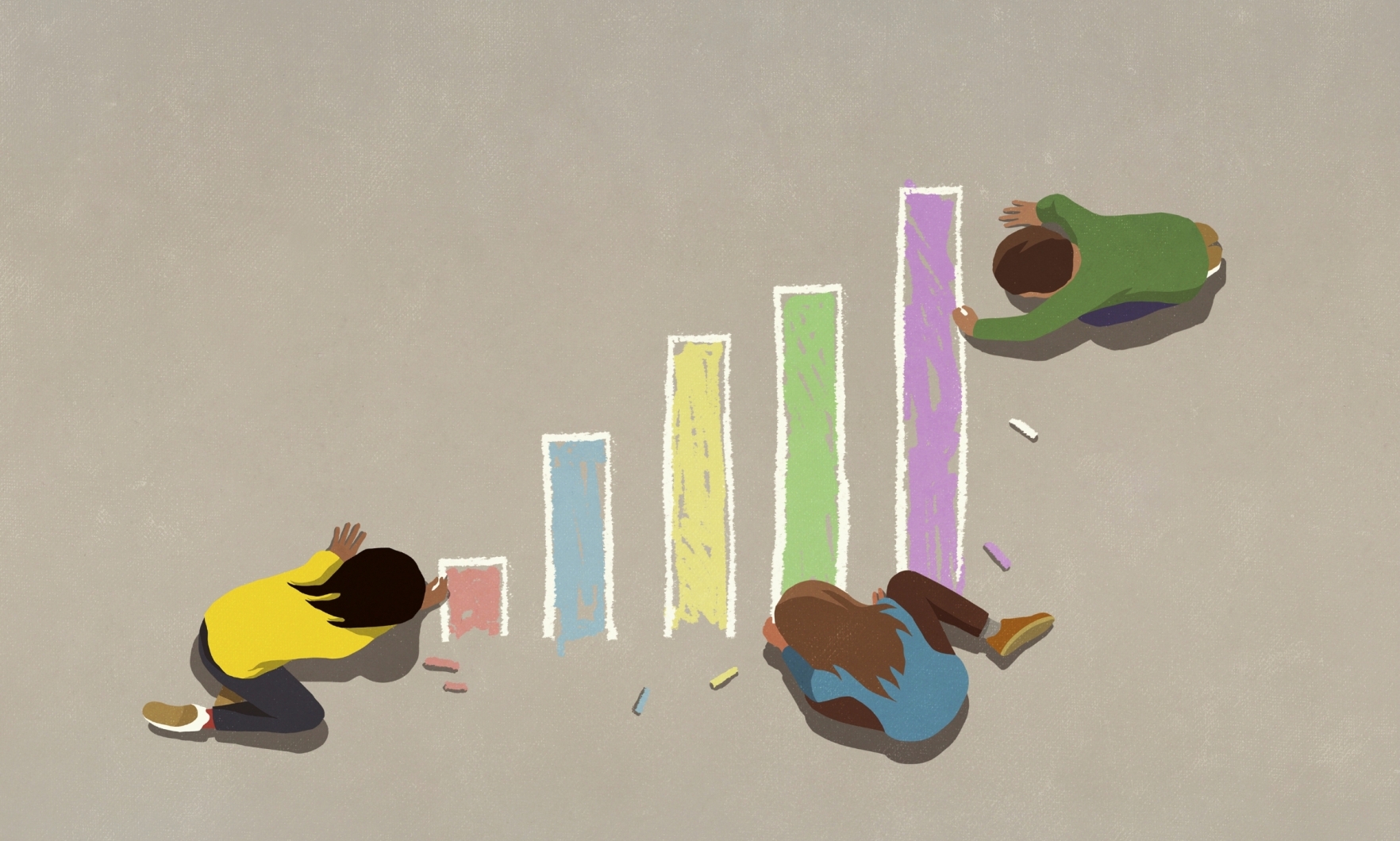In recent years, autism diagnosis rates have climbed sharply—so much so that headlines sometimes use the term “epidemic.” But is autism truly becoming more common, or are we simply getting better at recognizing it?
According to new data from the CDC and researchers in Maryland, the increase is real—but not for the reasons many might assume. Twenty years ago, autism was more narrowly defined and less frequently identified. Today, the broader definition of Autism Spectrum Disorder (ASD), combined with better awareness and routine screenings during early childhood, means more children are being identified accurately and earlier.
The numbers reflect this shift. In Maryland, current estimates show that 1 in 38 eight-year-old children have been identified with autism. Nationally, it’s about 1 in 31. That’s nearly a 300% increase over two decades—but experts stress that it doesn’t point to a sudden rise in the condition itself. Instead, we’re better at seeing and supporting children who would previously have gone undiagnosed.
The Power of Awareness and Early Screening
 A major factor in rising autism rates is improved screening at pediatric wellness visits. Parents, teachers, and medical professionals are more informed about early signs of autism—and that leads to faster, more accurate diagnoses. Public health campaigns and advocacy groups have played a key role in removing the stigma surrounding autism, encouraging families to seek answers and support.
A major factor in rising autism rates is improved screening at pediatric wellness visits. Parents, teachers, and medical professionals are more informed about early signs of autism—and that leads to faster, more accurate diagnoses. Public health campaigns and advocacy groups have played a key role in removing the stigma surrounding autism, encouraging families to seek answers and support.
Importantly, the growth in diagnoses is especially significant among children from diverse racial and ethnic backgrounds. Historically, autism was underdiagnosed in non-white communities, but more inclusive research and outreach efforts have helped close that gap. Today, we know that autism affects individuals across all races, ethnicities, and genders—not just white boys, as many outdated perceptions suggested.
What the Data Really Tells Us
One common concern is whether something environmental is causing more children to develop autism. But data shows that the increase is primarily among children with milder symptoms or those without co-occurring intellectual disabilities. For children with more severe symptoms—those who may require round-the-clock care—the rates have remained relatively stable over the last decade.
This suggests that rather than an epidemic of new cases, we’re uncovering cases that were previously overlooked. Autism isn’t more common—it’s just more visible. And that visibility gives families the opportunity to access life-changing support.
Supporting Families Through ABA Therapy
At Steady Steps ABA, we see the impact of early diagnosis every day. Families come to us looking for support, guidance, and a path forward. Through our personalized ABA therapy services in Maryland, we help children build foundational skills in communication, behavior regulation, and daily routines—no matter where they fall on the spectrum.
Our ABA programs are grounded in evidence and compassion, designed to empower children and their families for long-term success. We work closely with each family to create a plan that meets their child’s unique needs.
Real Support Starts with the Right Team
Contact us today to learn more about how our ABA therapy services in Maryland can help your child grow, thrive, and gain greater independence. We’re here to listen, support, and walk beside you every step of the way. The journey doesn’t have to feel overwhelming—together, we can build steady progress, one skill at a time.



